It’s time to explore Alaska! Let’s go. We had no specific plans and no reservations. It’s still early in the season so it turns out you really don’t need reservations right now. We pulled out the map and decided to head south.
Wrangell-St. Elias National Park
What’s the name of that park again? Wrangell-St. Elias? Never heard of it.
That was our first thought. It turns out this National Park is the BIGGEST National Park in the National Park System. “The park is the same size as Yellowstone National Park, Yosemite National Park, and Switzerland combined!” And it was on our way southward.
This National Park boasts the fact that it goes from the ocean all the way up to 18,000 feet in elevation at the peak of Mt. Wrangell. It contains four mountain ranges, a whole lot of glaciers, and an abandoned copper mine and mill (processing plant).
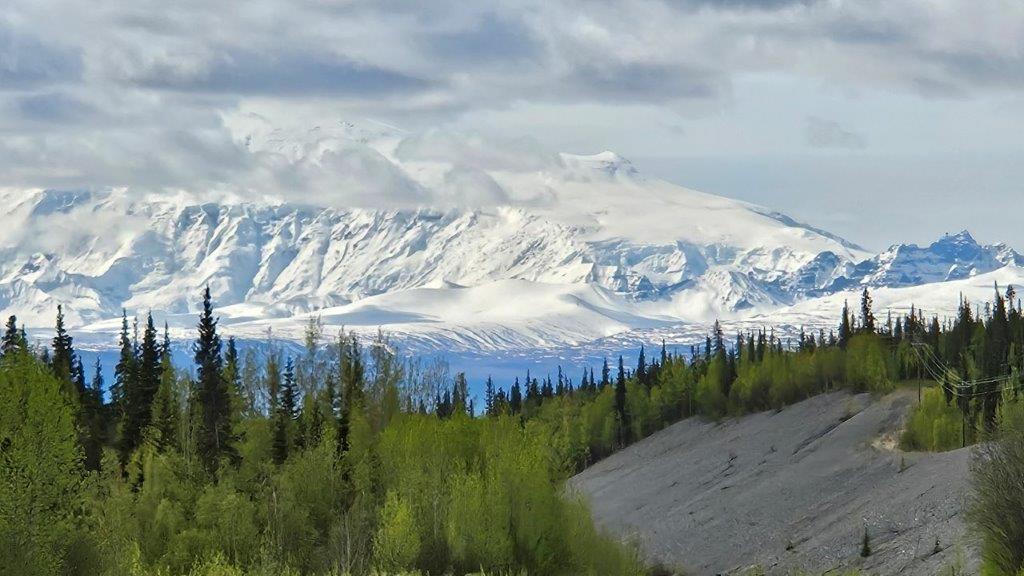
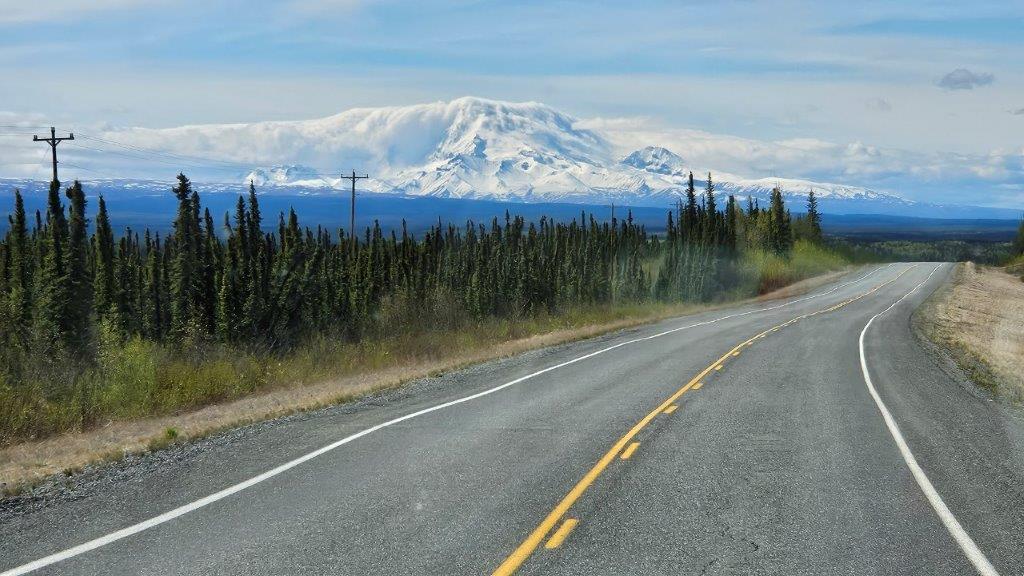
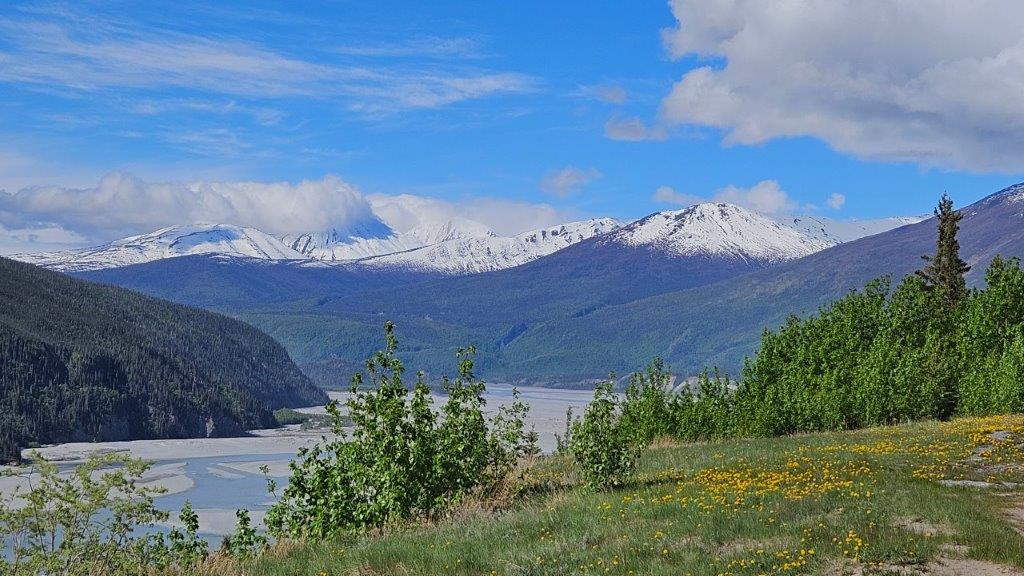
The park is a paradise for hikers and adventurers. For those of us whose extreme adventuring days are over, we decided to drive the 50 mile dirt road up to the old copper mine and mill.
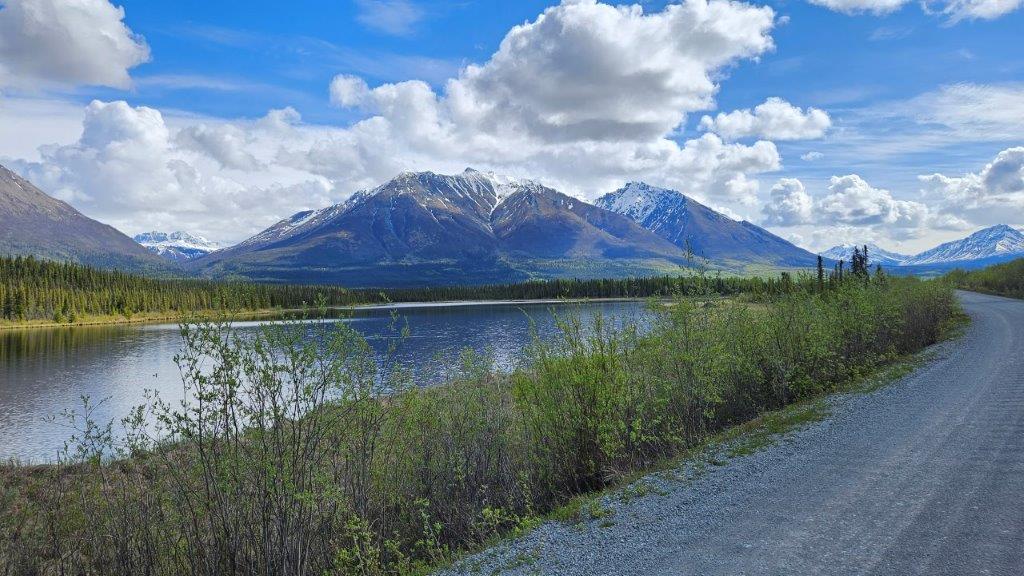
Our destination was McCarthy and the Kennecott Mines, about 5 miles away from McCarthy. You can drive up to the edge of McCarthy, but then you had to get on a shuttle to get to the mill that serviced the copper mines.
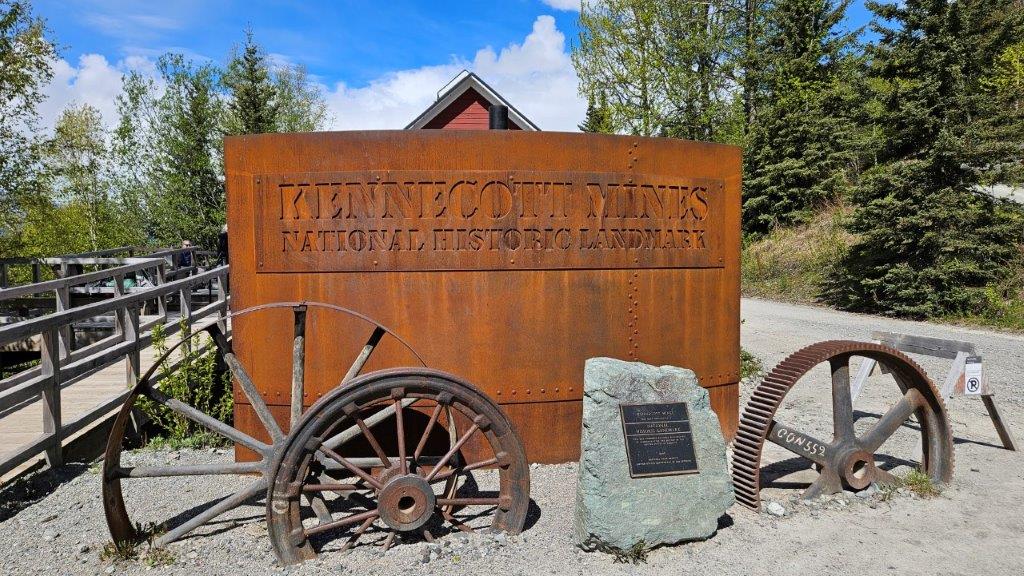
The only reason the road to get this far into the park exists is because copper was discovered in the region in the early 1900’s. Investors were found and a railroad was laid down to get to the source of the copper. The road we drove in on is the abandoned rail bed.
You can’t visit the mines, but you can visit the Copper Mill that was built to extract the copper from the limestone. So we pulled out the wallet and paid for the tour.
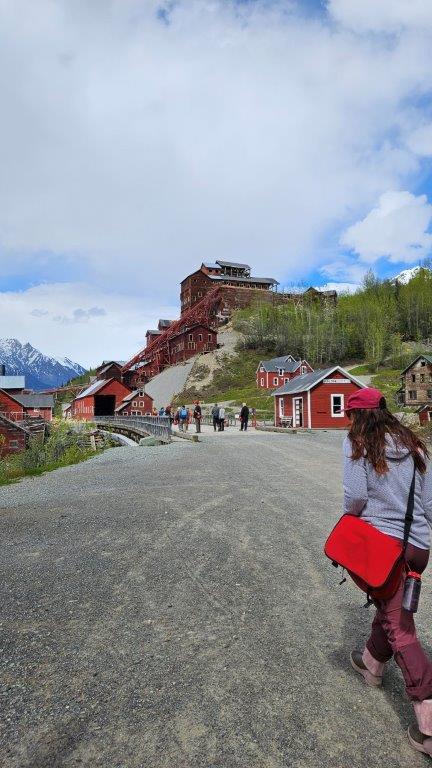
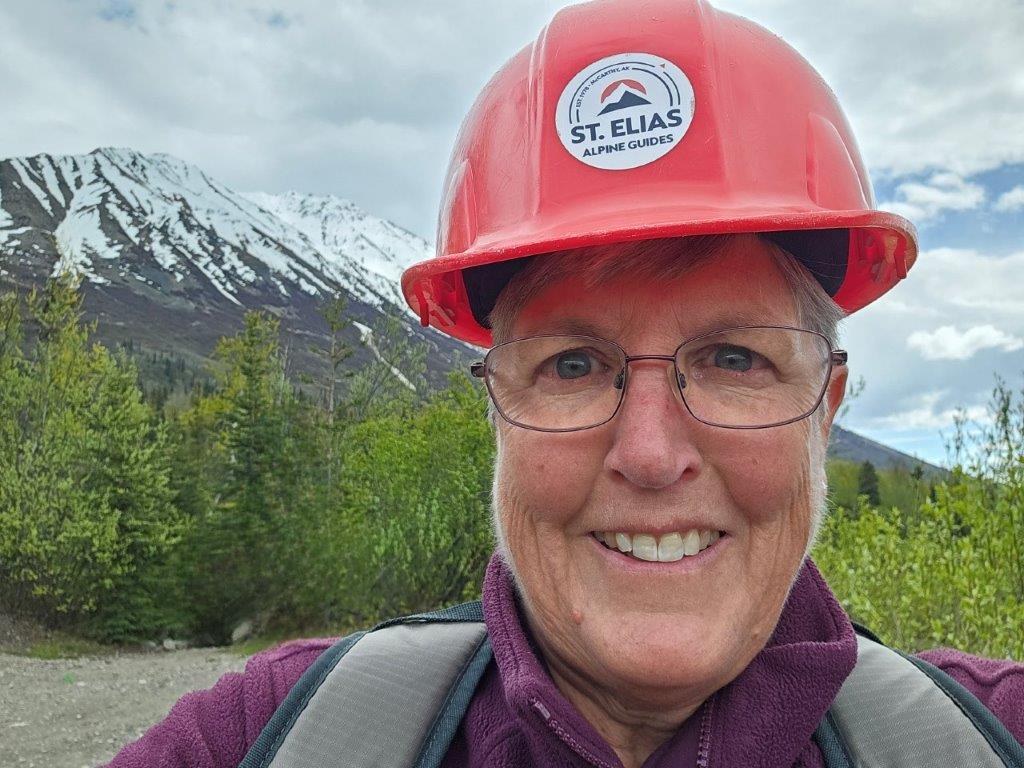
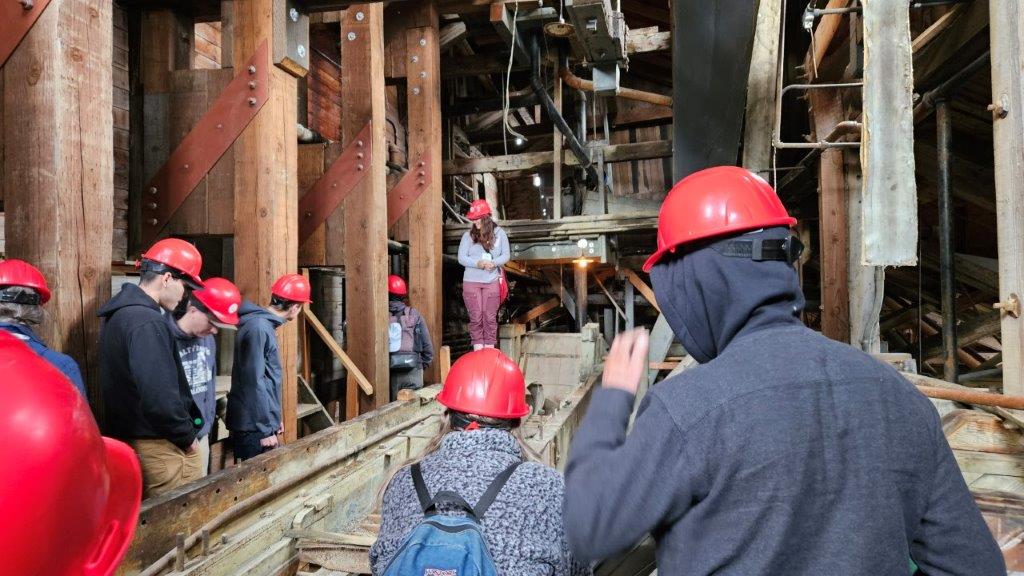
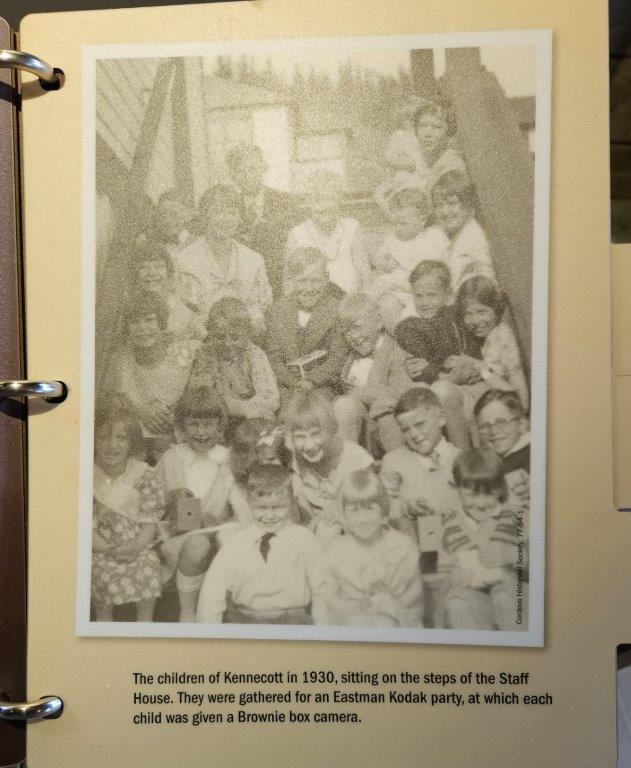
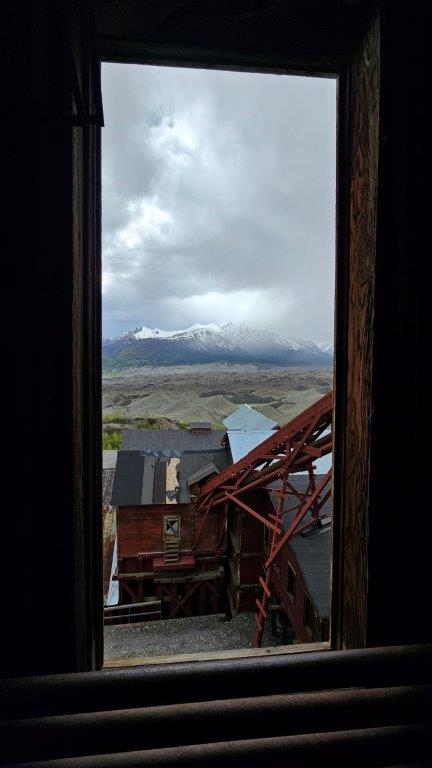
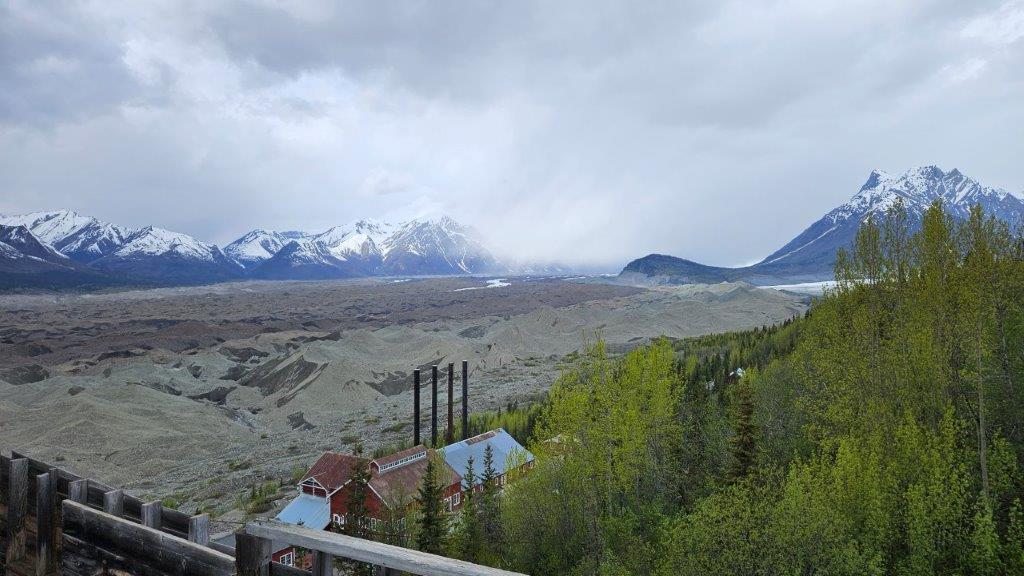
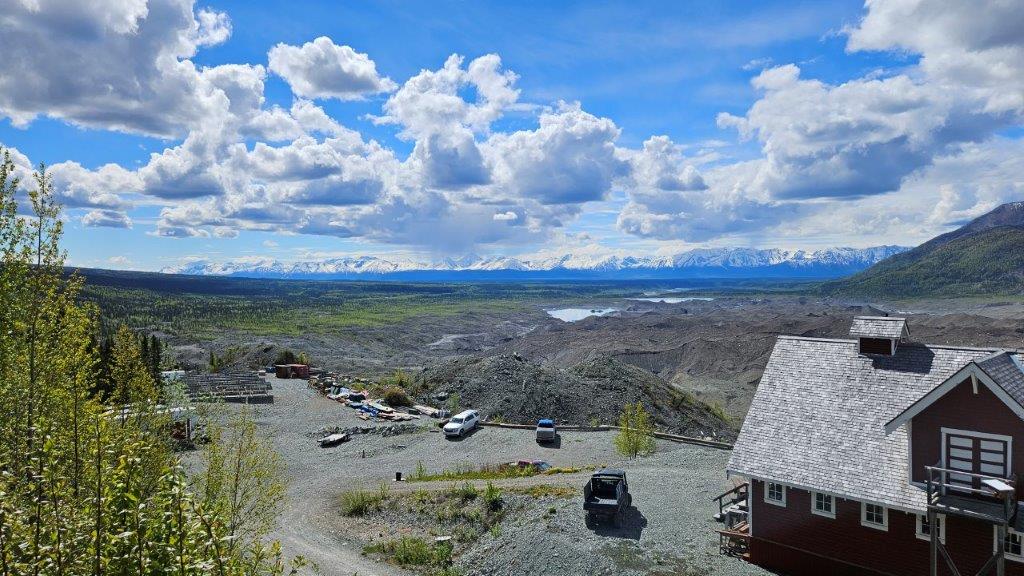
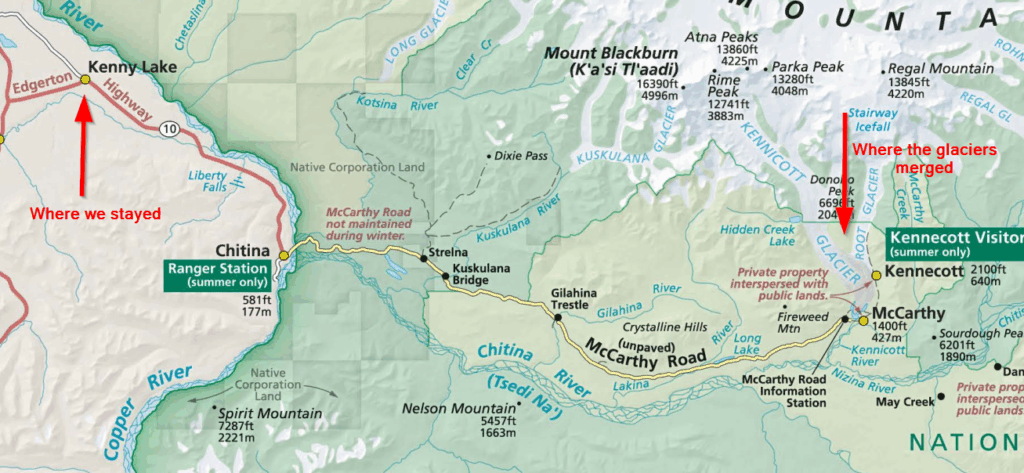
AND….apparently during the time the copper mill was active, this glacier was actually 300 feet higher. The workers couldn’t even see the mountains in the distance. Thus the view out the aforementioned window would not been as dramatic. That is definitely some glacial melt.
Enough copper mill talk….the drive to McCarthy and Kennecott had some moments.
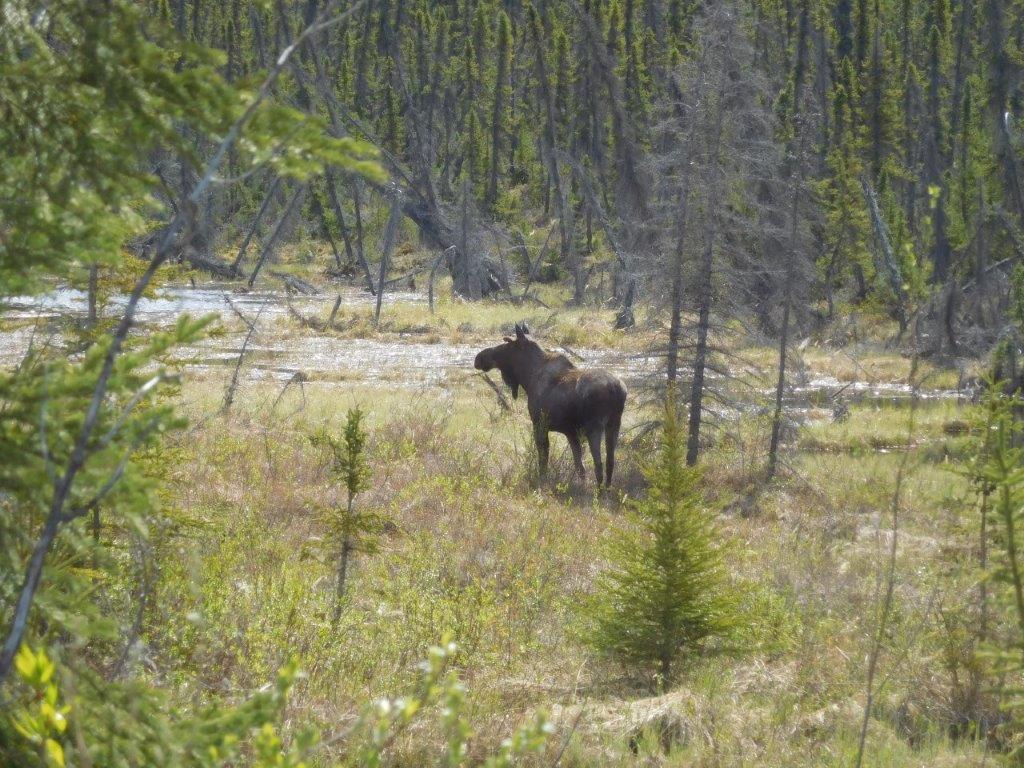
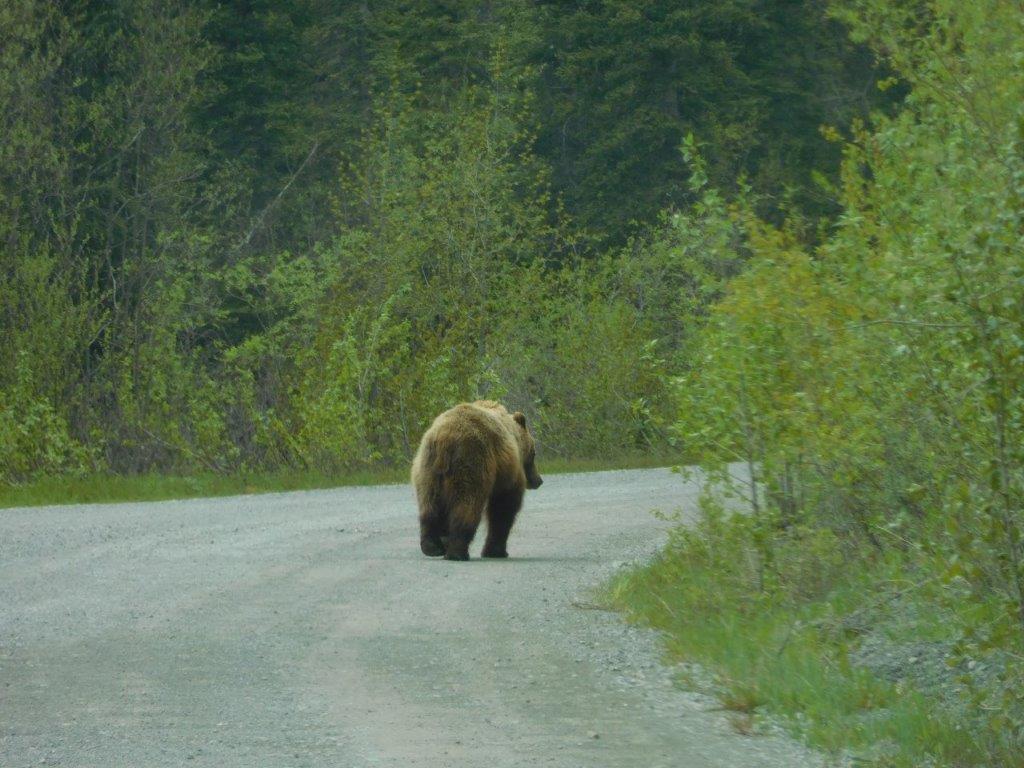
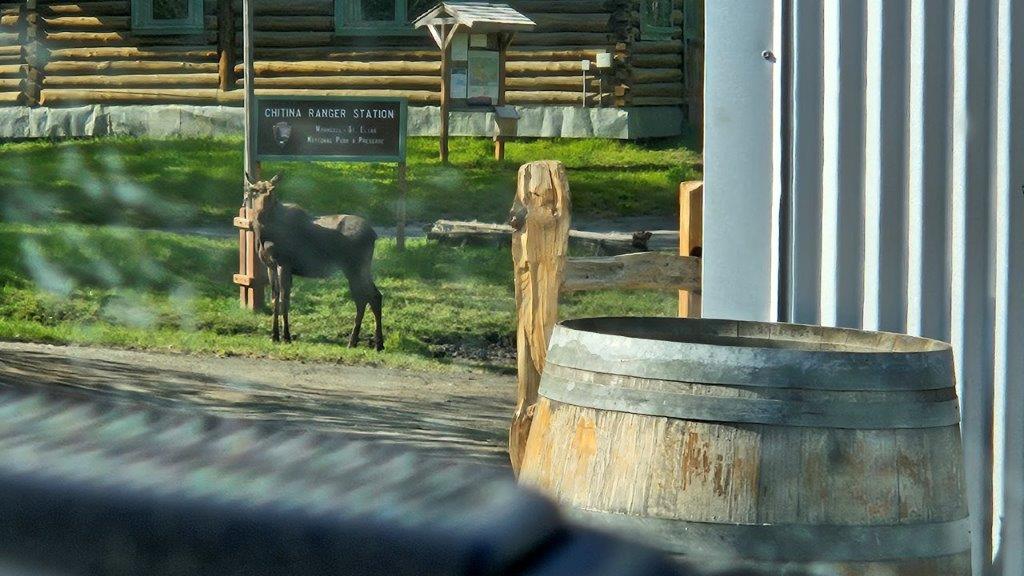
After a couple of days poking around the area of the National Park, we decided to head to salt water.
Valdez
The town of Valdez (pronounced Val-deez) is the southern most ice-free shipping port in Alaska. It is on Prince William Sound.

To get to Valdez, we had to go past the “avalanche area” signs and over Thompson Pass.
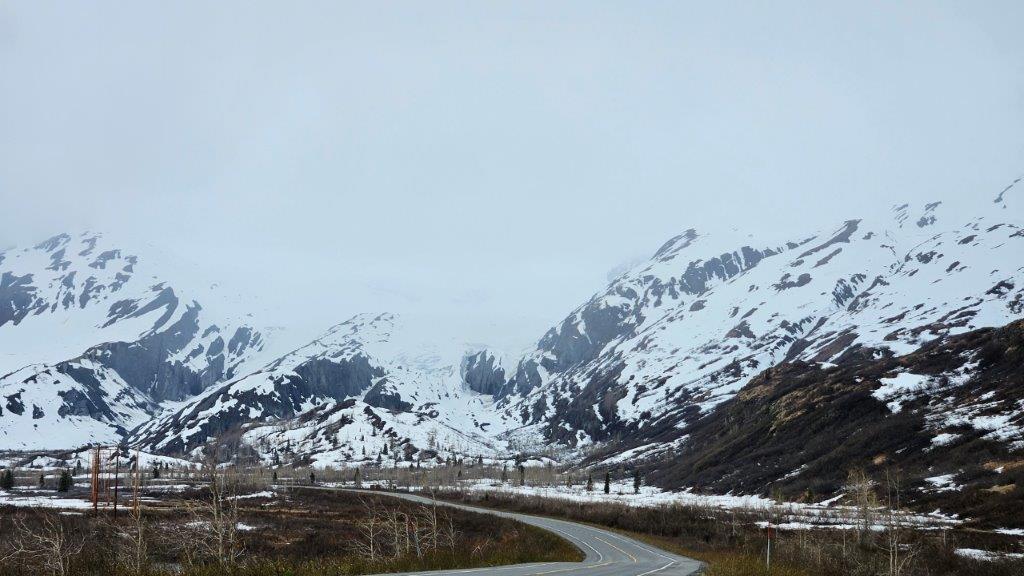
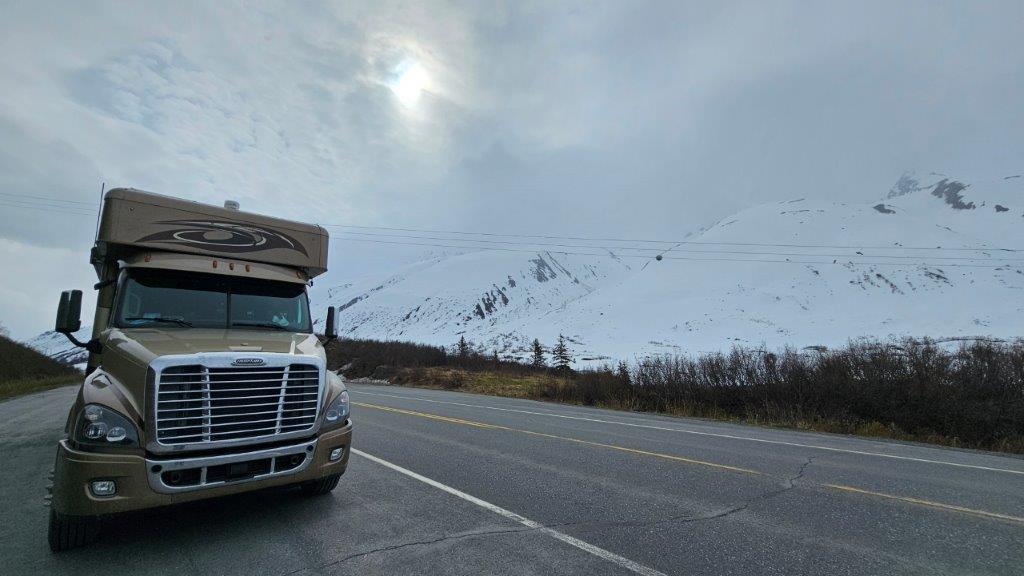
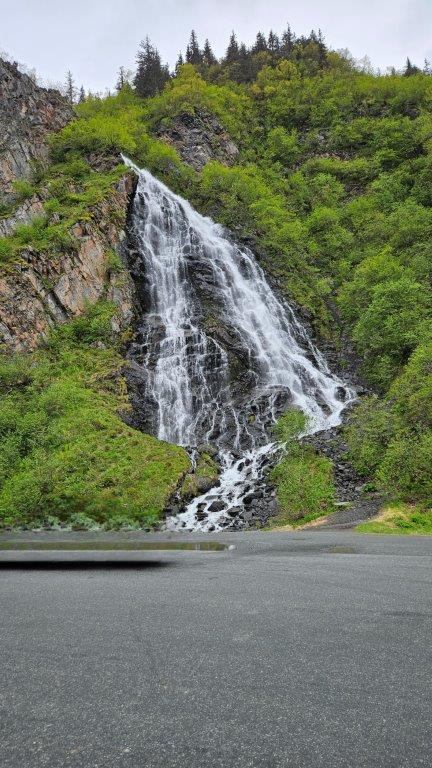
Valdez is known for a few things.
– Being an ice free port, all the copper and gold found in this part of the state all made its way to this port to be transported elsewhere (mostly Washington State).
– The town was very close to the epicenter of the Good Friday,1964, 9.2 magnitude earthquake that hit the region. 32 people who where on the town dock when the earthquake hit were killed. The land under the dock dropped off into the sea and took them with it.
– The town is the termination point of the Alaskan Oil Pipeline. Oil that comes from the north eventually ends up here in Valdez where it’s loaded onto an oil tanker.
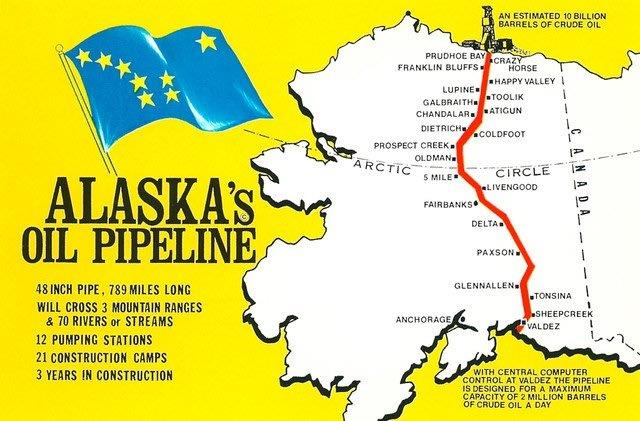
– Remember the 1989 Exxon Valdez oil spill? Those of us of a certain age certainly do. The oil slick never reached Valdez, but Valdez became the command center for the cleanup in Prince William Sound. Some of the town folks are still unhappy about how Exxon handled the clean up of the oil spill.
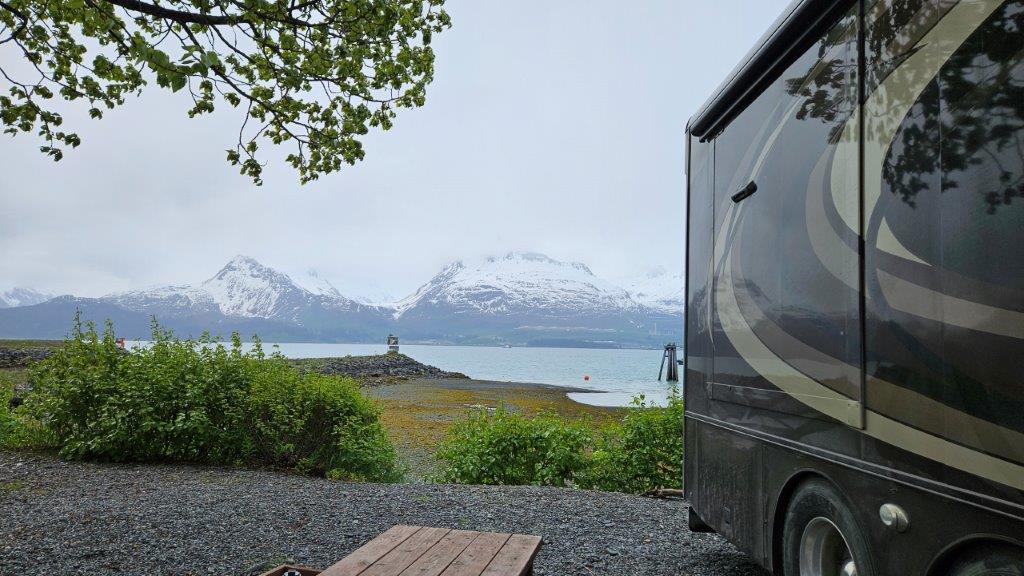
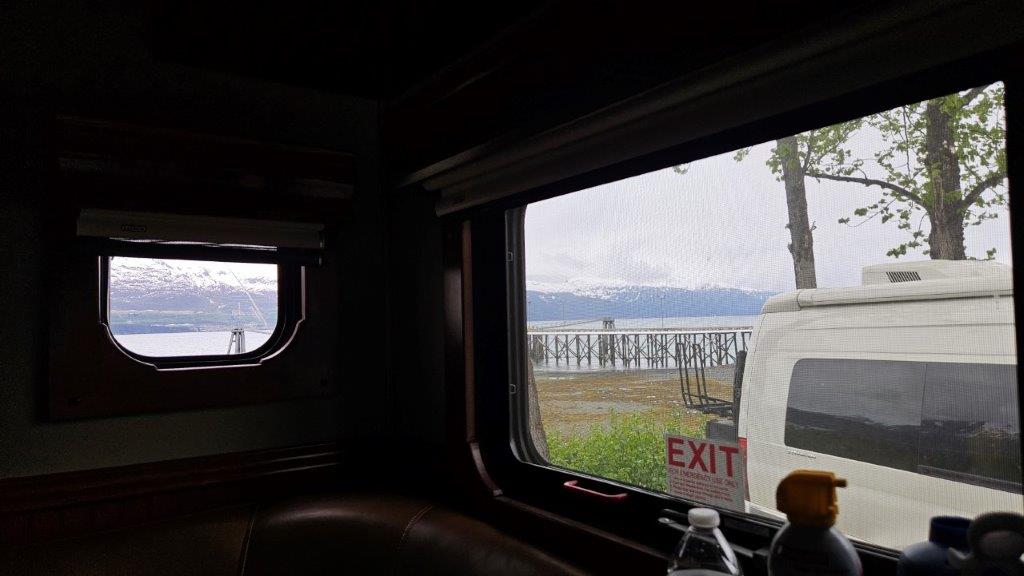
Valdez gets 64 inches of rain annually. I think it all fell during the time we were there. It was non-stop rain. Remind us to check the weather forecast first, next time we decide to visit Valdez. The locals weren’t fazed by the weather. We didn’t enjoy it. The town is probably absolutely stunning when you aren’t dodging rain drops.
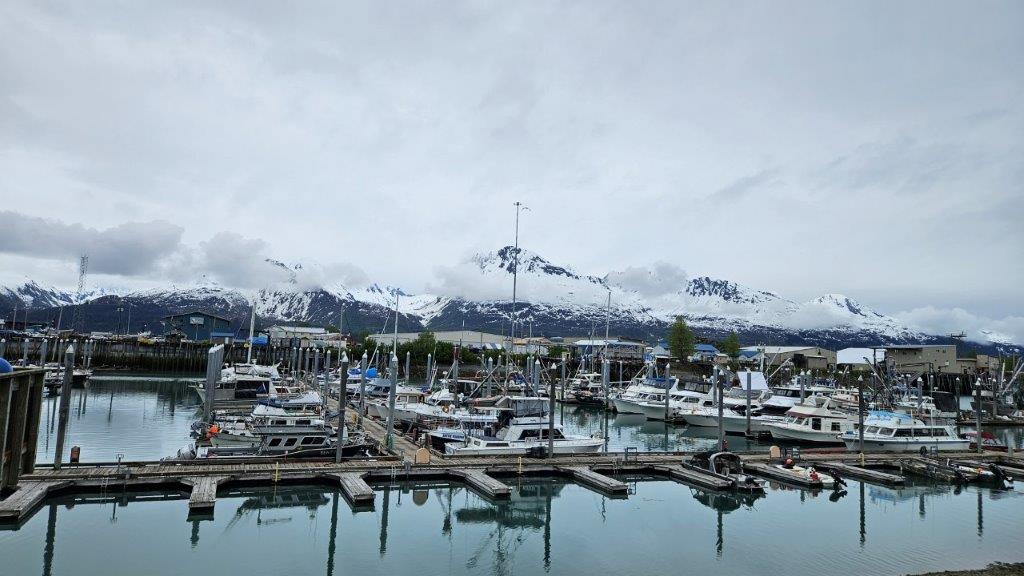
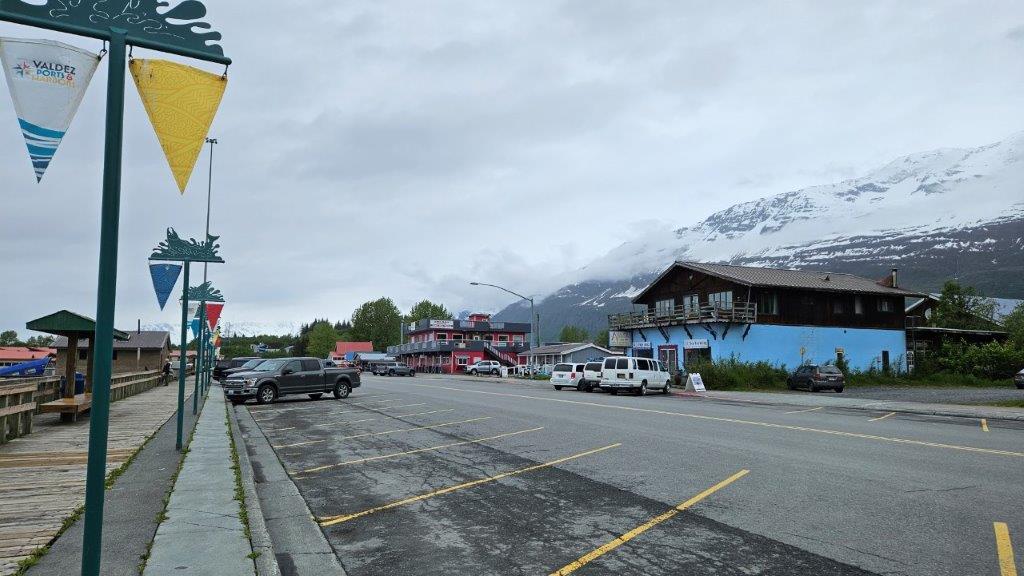
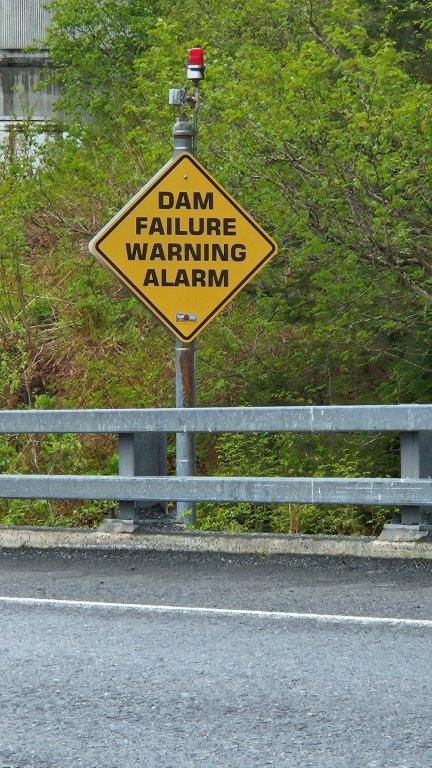
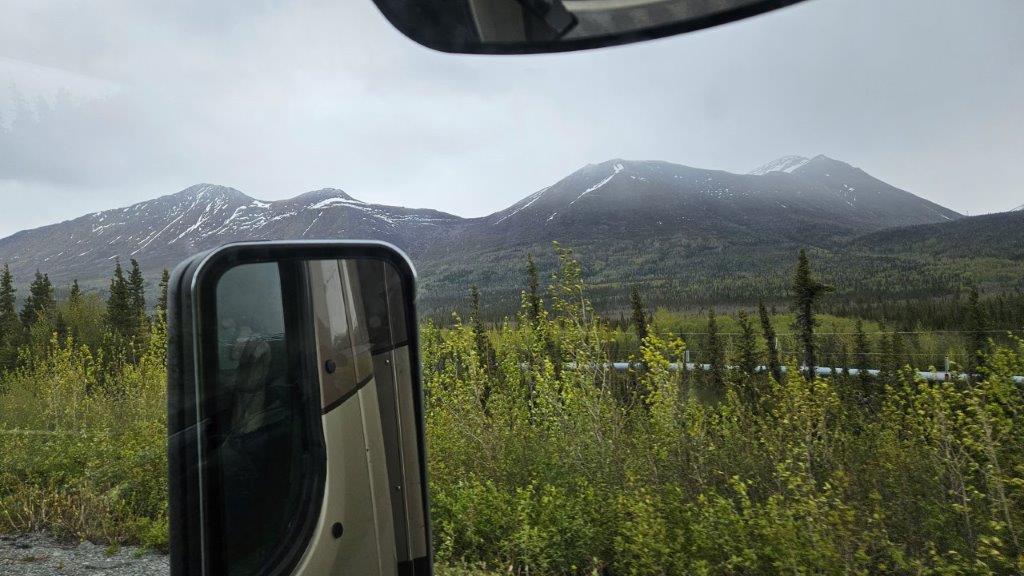
So, what did we do in Valdez? We wanted to see the fishing boats come in. We saw none. Which meant we didn’t see the bald eagles that would come in to feed on the fish scraps. And that does happen…we were talking to another couple last night that were in Valdez a week before us. They saw lots of action. I have no idea why we didn’t. A fishing boat holiday????
What did we was eat. And eat. And eat some more. Valdez is a foodie town. Cruise ships come in (although not during our stay there…that could have been some entertainment) and the local restaurants love it. I did reach out in the RVing to Alaska Facebook group that I mentioned in a previous post and we met up with Ginny and Rick from Virginia for a beer. It’s always fun to swap RV stories. We made our own entertainment.
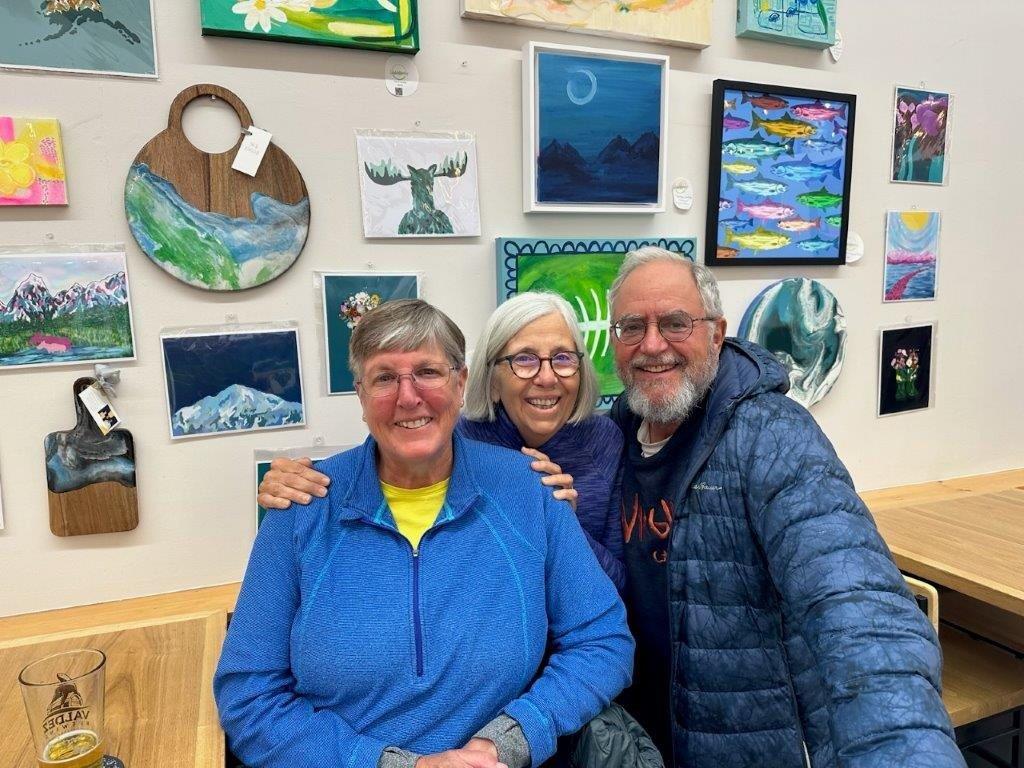
And now, we are back in Glennallen, near where parked to visit the National park. We drive to Anchorage tomorrow to pick up Janelle for her week’s visit in Alaska. We have some fun stuff planned.
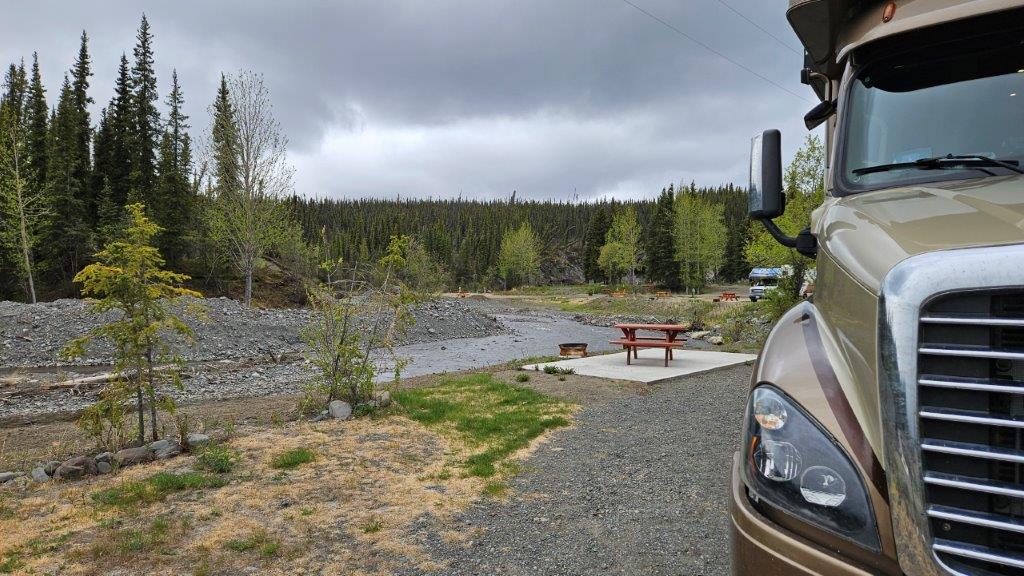
Looks like you are having an amazing trip! Seeing all the wild life! Keep enjoying and I can’t wait to see more!! Stay safe!
You got logged in! Yay! Enjoy the blog, lots of info here. Start making your plans to head to Alaska. 🙂